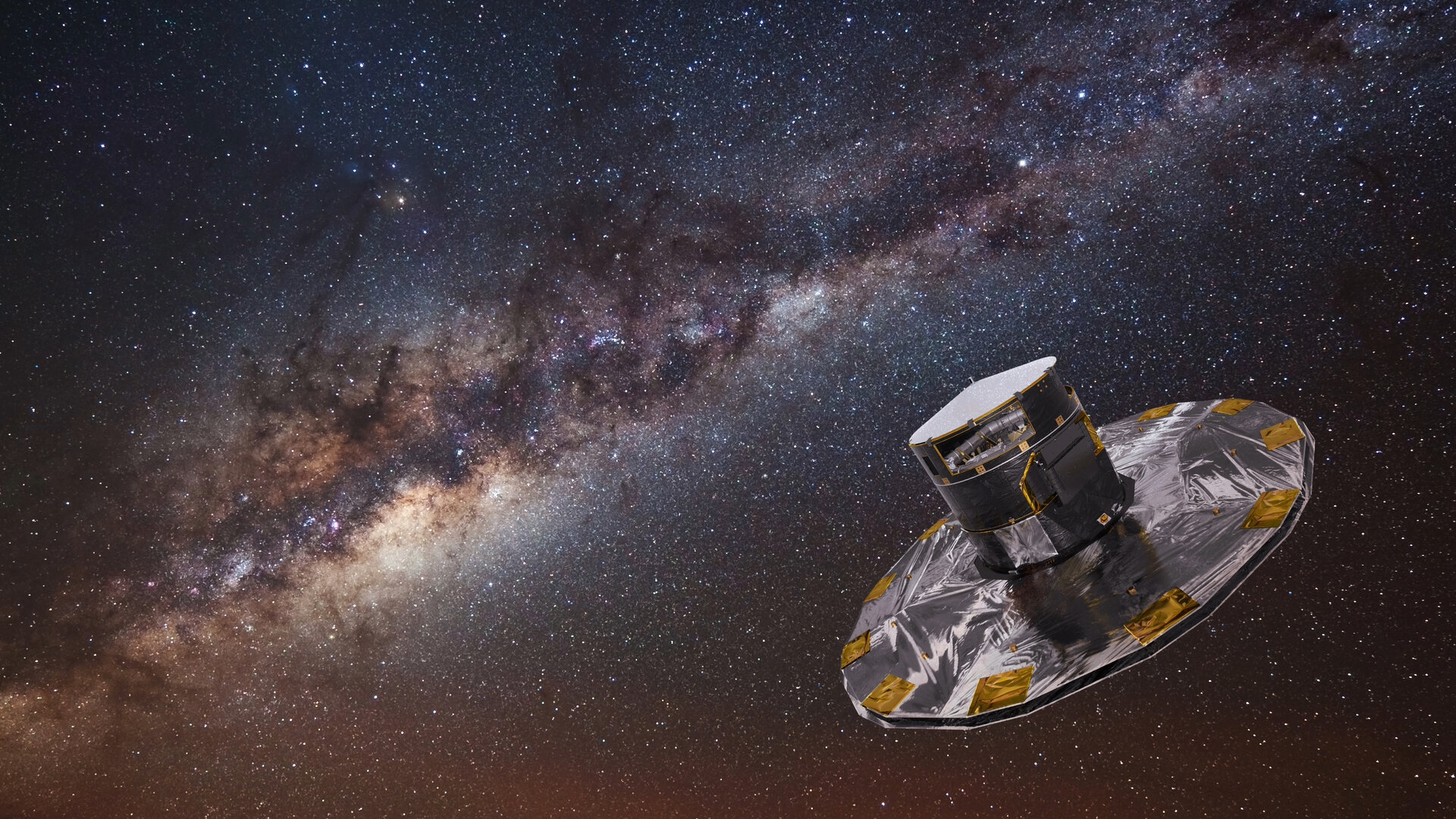Space is a harsh environment, even for the most advanced spacecraft. The European Space Agency’s (ESA) Gaia telescope – on a mission to map a billion stars in our Milky Way galaxy – has recently encountered some significant operational hurdles.
A micrometeor struck the space telescope in April, causing damage to Gaia’s protective shroud.
This could threaten the performance of the space telescope, which is said to have cost over $800 million to build.
Space rock and energetic particles from the Sun
Millions of these tiny micrometeoroids on Earth burn up harmlessly in the atmosphere. But Gaia faces a different reality. Located 1.5 million kilometers away at the L2 Lagrange point, it is well beyond our planet’s protective shield. These impacts are a recognized risk and Gaia’s design includes safeguards to withstand them.
Usually, these small stones are not a problem. But this time, one came in quickly and hit the wrong corner.
He punched a small hole in Gaia’s shield. This hole emits a tiny fraction of sunlight, only one billionth the power of sunlight on Earth. Even a small amount of light can mess with Gaia’s highly sensitive instruments.
While the engineers were dealing with the micrometeor issue, another issue arose. Gaia’s robust billion-pixel camera uses charge-coupled devices (CCDs), which are unique light detectors.
These convert the light it sees into electrical signals that the spacecraft can understand.
ESA engineers noticed that one of Gaia’s 106 CCDs had malfunctioned. Each CCD is designed for a specific task and a broken one affects the sensor’s capacity to confirm star detection.
“Without this sensor to validate its observations, Gaia began recording thousands of false detections,” the ESA announcement noted.
The exact cause of the CCD’s electronic failure is unclear, but it coincided with a severe solar storm that caused auroral lights to appear in some parts of the globe.
Gaia was only supposed to last about six years in space, but has been there for nearly twice that. In recent years, Gaia has been able to resist radiation.
ESA notes that this recent extreme event may have pushed it to its limits.
How ESA handled this issue
Engineers from various centers, Airbus Defense and Space, and other experts came together to tackle these problems. They couldn’t physically repair Gaia from 1.5 million kilometers away, so the solution involved software. By tweaking the way Gaia’s software recognizes stars, they were able to drastically minimize the number of false detections caused by sunlight and the CCD problem.
“Gaia typically sends over 25 gigabytes of data back to Earth every day, but that amount would be much, much higher if the software on board the spacecraft didn’t first eliminate false star detections,” explained Edmund Serpell, an engineer at operations of the Gaia spacecraft at ESOC. press releases.
Serpell added: “The two recent incidents interrupted this process. As a result, the spacecraft began to generate a large number of false detections that overwhelmed our systems. However, by carefully modifying the threshold at which Gaia’s software identifies a faint point of light as a star, we have been able to dramatically reduce the number of false detections created both by stray light problems and also from CCD.
While the immediate issues are under control, Gaia’s mission remains delicate. The unpredictable nature of space may pose future problems for its aging hardware.
The Gaia space observatory was launched in 2013. It has been working to create an accurate three-dimensional map of the Milky Way and beyond. In addition, it captures information on the motion, brightness, temperature and composition of stars. This comprehensive approach can help scientists understand the origin, structure and evolutionary history of our galaxy.
ABOUT THE EDITOR
Mrigakshi Dixit Mrigakshi is a science journalist who enjoys writing about space exploration, biology and technological innovations. Her work has been featured in popular publications including Nature India, Supercluster, The Weather Channel and Astronomy magazine. If you have any pixies in mind, please don’t hesitate to email her.
